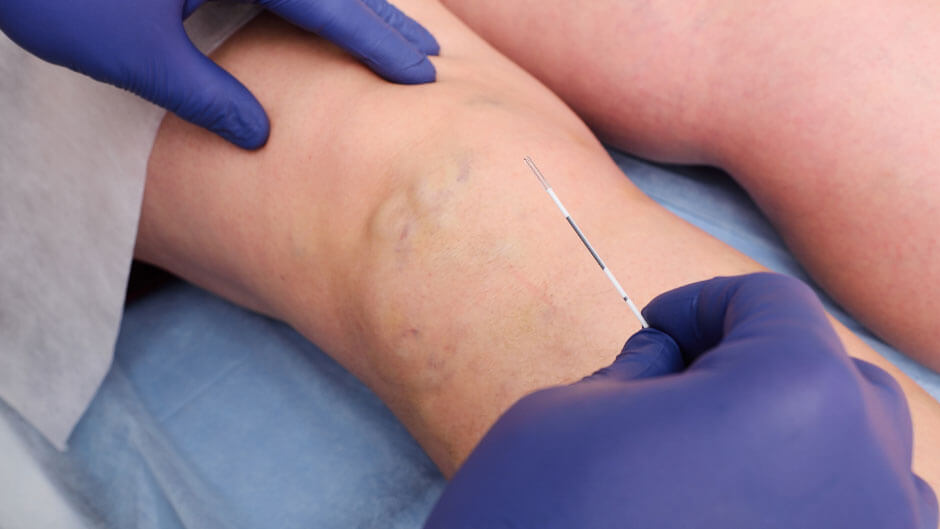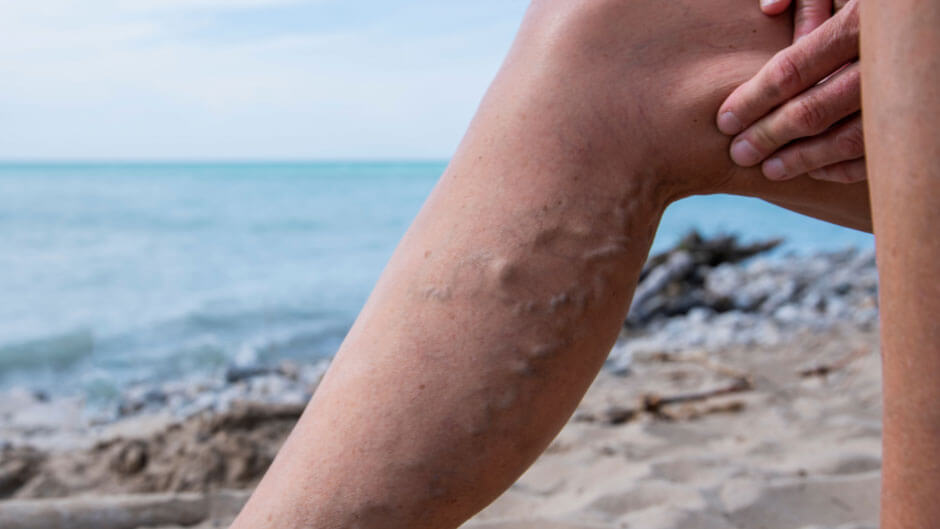Varicose veins are a common vascular condition that affects millions of people worldwide. Although often considered a cosmetic concern, varicose veins can lead to discomfort and even serious complications if left untreated. In this blog, we will delve into what varicose veins are, their causes, symptoms, and explore various treatment options available to manage this condition effectively.
What are Varicose Veins?
Varicose veins are enlarged, swollen, and twisted veins that typically occur in the legs and feet. They develop when the valves inside the veins become weak or damaged, leading to the improper flow of blood back to the heart. As a result, blood pools in the veins, causing them to bulge and become visible under the skin. Read more about what varicose veins are here.
Causes and Risk Factors:
Several factors contribute to the development of varicose veins, including:
Age: As we age, the veins’ walls weaken, increasing the likelihood of valve dysfunction.
Genetics: A family history of varicose veins can elevate your risk of developing them.
Gender: Women are more likely to experience varicose veins due to hormonal changes during pregnancy and menopause.
Prolonged standing or sitting: Occupations that involve long periods of standing or sitting can strain the veins and contribute to their development.
Obesity: Excess weight places additional pressure on the veins, making them more susceptible to becoming varicose.
Pregnancy: Increased blood volume during pregnancy and hormonal changes can lead to varicose veins.
Lack of exercise: Regular physical activity helps promote better circulation and reduces the risk of developing varicose veins.
Symptoms:
Varicose veins can be more than just a cosmetic concern and may lead to various uncomfortable symptoms, including:
- Visible, twisted, and bulging veins under the skin.
- Swelling in the legs and ankles.
- Heavy or achy feeling in the legs, especially after prolonged periods of standing or sitting.
- Throbbing or cramping in the legs.
- Itching or a rash around the affected veins.
- Skin discoloration around the varicose veins.
Treatment Options:
Fortunately, several treatment options are available to manage varicose veins, depending on the severity and individual circumstances. Some common treatments include:
Lifestyle Changes:
- Regular exercise to promote better circulation.
- Weight management to reduce pressure on the veins.
- Elevating the legs when resting to improve blood flow.
Compression Stockings:
Wearing compression stockings helps compress the veins, improving blood flow and reducing swelling.
Radiofrequency Ablation (Closurefast):
A minimally invasive procedure used to treat various conditions by using high-frequency electrical currents to generate heat and destroy targeted tissues. Learn more about these treatments here.
VenaSeal:
The VenaSeal® Sapheon Closure System offers a non-invasive solution for superficial varicose veins. A trained professional inserts a catheter into the affected vein, injecting VenaSeal® adhesive, which solidifies. Ultrasound ensures precise placement, rerouting blood naturally. This eliminates the need for other methods like lasers or cutting, allowing for quicker recovery with less bruising and lower risk of nerve injury. Some minor side effects may occur. The FDA has confirmed the system’s safety and efficacy for treating leg varicose veins.
Varithena:
Varithena is a low-pain microfoam treatment requiring just 1-2 needle sticks. Clinical trials showed only a 4.0% pain report at the injection site. It effectively improves both physical symptoms and appearance related to varicose veins. This swift, minimally invasive option offers little to no downtime. Please avoid Varithena if allergic to polidocanol or have blood vessel clots.

Varicose veins can be a bothersome condition, affecting both appearance and quality of life. Understanding the causes, symptoms, and available treatment options is crucial in managing this condition effectively. If you suspect you have varicose veins or experience any related symptoms, it’s essential to consult a qualified healthcare professional to determine the best course of action and improve your overall vascular health. Remember that early intervention can prevent complications and help you lead a more comfortable and active life.

